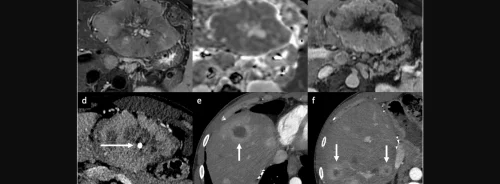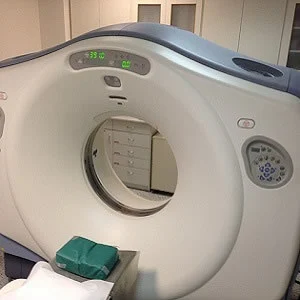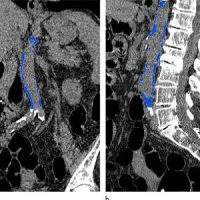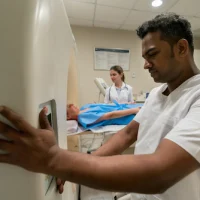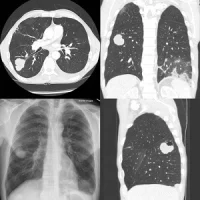Technological advancements and the ever-increasing use of computed tomography (CT) have greatly increased the detection of incidental findings, including tiny pulmonary nodules. The management of many "incidentalomas" is significantly influenced by a patient’s history of cancer. However, new research shows a significant number of CT requisitions do not include prior history of malignancy.
"Without knowledge of prior malignancy, radiologists cannot comply with current guidelines regarding the reporting and management of incidental findings," says the study published in the Canadian Association of Radiologists Journal.
Incidental pulmonary nodules present a particular challenge. Up to 60% of adults will have at least one noncalcified pulmonary nodule detectable on chest CT. Although lung nodules are a common benign finding, they are also a common manifestation of metastatic disease.
The effect of prior malignancy on the significance of incidental findings is not limited to lung nodules. The American College of Radiology published a white paper on incidental abdominal CT findings to provide guidance to radiologists and to help curb unnecessary work-up. The initial step in the algorithm regarding many incidental lesions of uncertain etiology, including adrenal lesions, depends on whether the patient is known to have a malignancy.
The current study sought to determine the percentage of chest CT requisitions that have not included a patient’s previous history of cancer. Requisitions for chest CTs performed at an adult tertiary care hospital during April 2012 were compared to a cancer history questionnaire, administered to patients at the time of CT scan. Patients were excluded from the study if the patient questionnaire was incomplete or if the purpose of the CT was for cancer staging or cancer follow-up.
A total of 569 CTs of the chest were performed. Of the 327 patients that met inclusion criteria, 79 reported a history of cancer. After excluding patients for whom a history of malignancy could not be confirmed through a chart review and excluding nonmelanoma skin cancer, dysplasia, and in situ neoplasm, 68 patients were identified as having a history of malignancy. Researchers found 44% of the chest CT requisitions for these 68 patients did not include the patient’s history of cancer. Of the malignancies that were identified by patient questionnaire but omitted from the clinical history provided on the requisitions, 47% were malignancies that commonly metastasize to the lung.
"Knowledge regarding a patient’s history of malignancy affects the way a radiologist reports incidental findings including the significance and follow up recommendations. For example, in accordance with the referral guidelines adopted by the Canadian Association of Radiologists, a
60-year-old nonsmoker with a 3-mm pulmonary nodule requires no further follow-up. If that same patient has a history of breast cancer, further investigation is required to evaluate for the possibility of metastatic disease," the authors write.
Moreover, for lung nodules under 5 mm, the authors say radiologists may even omit these findings in a report for a patient for whom no history of malignancy is included on the CT requisition.
The researchers found that radiologists sometimes attempt to compensate for the lack of history by providing two distinct recommendations: one for a patient at high risk for a malignant nodule, and one for a patient at low risk. "In these situations we note that some referring physicians prefer to follow the high-risk recommendations even for patients who do not meet high-risk criteria. This results in inappropriate radiation exposure and use of medical resources," the authors note.
Source: Canadian Association of Radiologists Journal
Image Credit: Pixabay
References:
Walker, Matthew et al. (2017) Managing Incidentalomas Safely: Do Computed Tomography Requisitions Tell Us What We Need to Know? Canadian Association of Radiologists Journal. doi.org/10.1016/j.carj.2016.11.004
Latest Articles
computed tomography, CT, Incidentalomas, Cancer History
Technological advancements and the ever-increasing use of computed tomography (CT) have greatly increased the detection of incidental findings, including tiny pulmonary nodules. The management of many "incidentalomas" is significantly influenced by a pati

